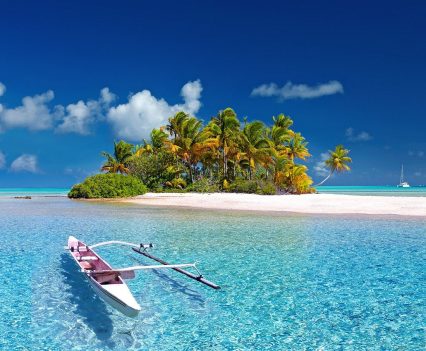Recently, I had the chance to visit the Ayutthaya Archaeological Park in Thailand. Ayutthaya was the capital of a Siamese kingdom for about 400 years, until 1767, when the city was destroyed by Burma. During my visit to Ayutthaya it was inevitable to compare this ancient Thai city with my daily experience of the Angkor temples and the nearby city of Siem Reap.
The Ayutthaya Archaeological Park is a very green area and I visited it by bicycle. The park mainly includes temples, but also hosts the Chao Sam Phraya Museum, remains of Western settlements, and more. It also includes a great deal of canals and ponds. In the modern city of Ayutthaya, there is a central island, which is where most of the ancient buildings are located. The rest are scattered around the city, either at crossroads or along the main roads of the modern city. In some cases, the ruins are very small and it hard to discern their original shape, but in other cases the whole structure can be seen: in this case, the aesthetic impact is considerable.
It is not difficult to imagine how Ayutthaya could have been an extremely wealthy and highly populated city. Truth be told, its buildings do not seem to match in size and number those of Angkor, but probably this is also due to the sack of the city by Burma. I appreciated that in many cases you can physically take some distance from the complex itself and sit on the grass and enjoy the monument from outside. This is something you can rarely do in Angkor, because the temples are often in the forest or too big. The temple named Wat Chaiwattharanam is believed to be a representation of the sacred Hindu Mount Meru (like Angkor Wat). The complex is a symbol of the grandeur of the Ayutthaya kingdom and, sadly, its stability was highly affected by flooding events through time, even recently, in 2011. WMF has raised funds for conservation and is also contributing with technical advisory to the Thai Ministry of Fine Arts in charge of the intervention.
In Wat Ratchaburana (pictured), a big portion of the central hall structure is still standing and it almost gives the feeling of being a place still in use for ceremonies. This is something I feel in Angkor too, in the Hall of Dancers at Preah Khan temple, where you almost feel like you can see the ancient Khmer dancers still inhabiting those spaces. The central prang (reliquary tower) of Wat Ratchaburana displays statues of garudas and nagas and other mythological creatures that, as in Angkor, show the proximity between Buddhist and Hindu religions.
The temples have been object of looting for long time and, at Wat Mahathat, most of the Buddha’s statues are beheaded. Here, on a terrace off the ground, a few Buddha statues are disposed in lines, facing each other, while a bigger statue is placed at the center. It looks like a living meditation class.
The park is not a closed and compact area reserved to visitors and for worship, and there are roads with cars driving through at all times. One can hear political slogans over loudspeakers, radio announcements, and advertisements, in addition to noises coming from warehouses and shops around. On the other hand, Angkor Archaeological Park is an area completely separated from the town (seven kilometers from Siem Reap town); the city and the park are two separate entities, and when you visit Angkor, you feel like you are in a different dimension.
In Ayutthaya Archaeological Park there are very few signboards providing explanations about the temples, so it was hard sometimes to have a clear understanding of what I was visiting. The map freely distributed in town is very approximate and several of the minor temples I visited were not even shown there. At Angkor any map displays at least the major temples and the roads in a very readable way.
Visitors seem to come to Ayutthaya on daily trips from Bangkok (70 kilometers away), and probably because of this, the choices for accommodation are few. The temples are lit up at night until 8:30 p.m. and I wished to go for a ride with at tuk tuk, or auto rickshaw, but these seem to disappear from the streets at night. When it gets dark, you need to watch out for stray dogs (actually populating the temples in the daytime, too). Angkor Archaeological Park closes at 5:30 p.m. and the access in the night time is restricted, but Siem Reap gets extremely lively, with even too many tuk tuks at times!
One nice memory I have of Ayutthaya is that paths, benches, and bridges on the canals have been built, facilitating the circulation for pedestrians and bicycles. After the tourists have left, in the late afternoon, the park is given back to the locals. People of any age walk around with their dogs, jogging, relaxing, or doing meditation. It felt like an urban park that citizens respect, enjoy, and use to regenerate their mind and body at the end of the day.










